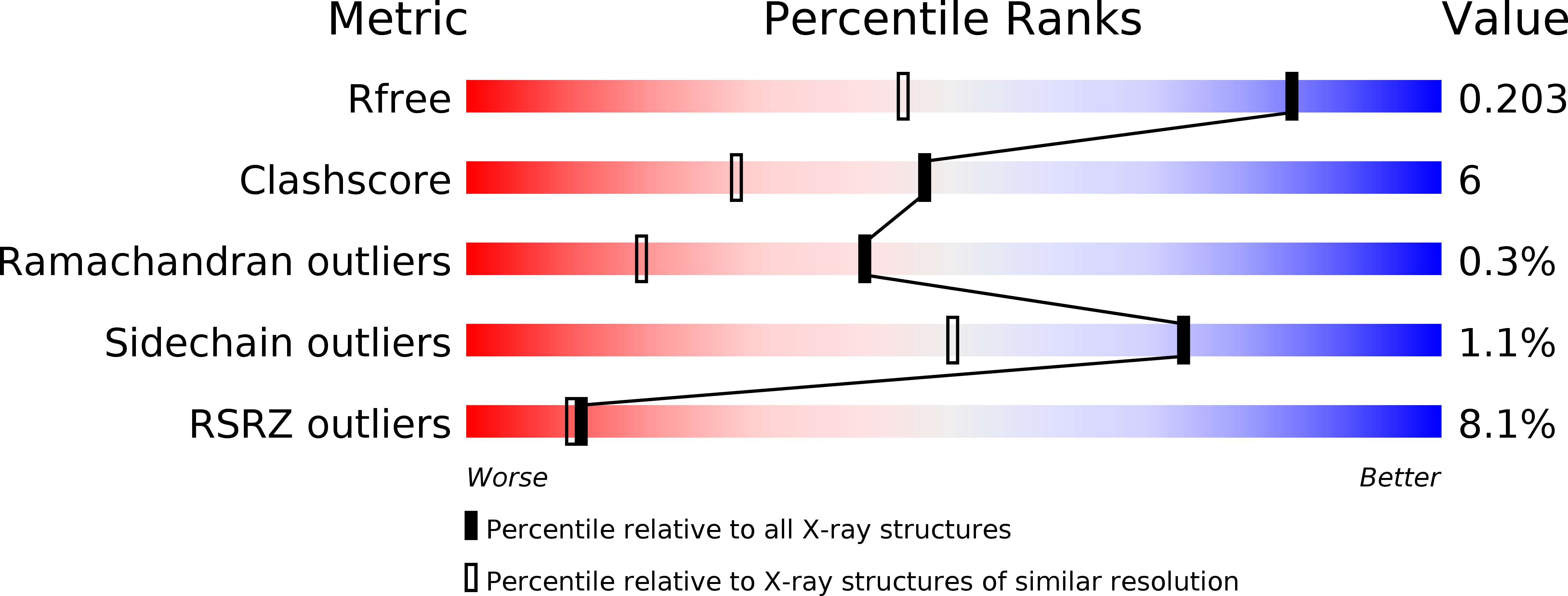
Deposition Date
2007-03-12
Release Date
2007-05-15
Last Version Date
2024-02-21
Entry Detail
PDB ID:
2P4H
Keywords:
Title:
Crystal Structure of Vestitone Reductase from Alfalfa (Medicago sativa L.)
Biological Source:
Source Organism:
Medicago sativa (Taxon ID: 3879)
Host Organism:
Method Details:
Experimental Method:
Resolution:
1.40 Å
R-Value Free:
0.20
R-Value Work:
0.18
Space Group:
P 21 21 2


